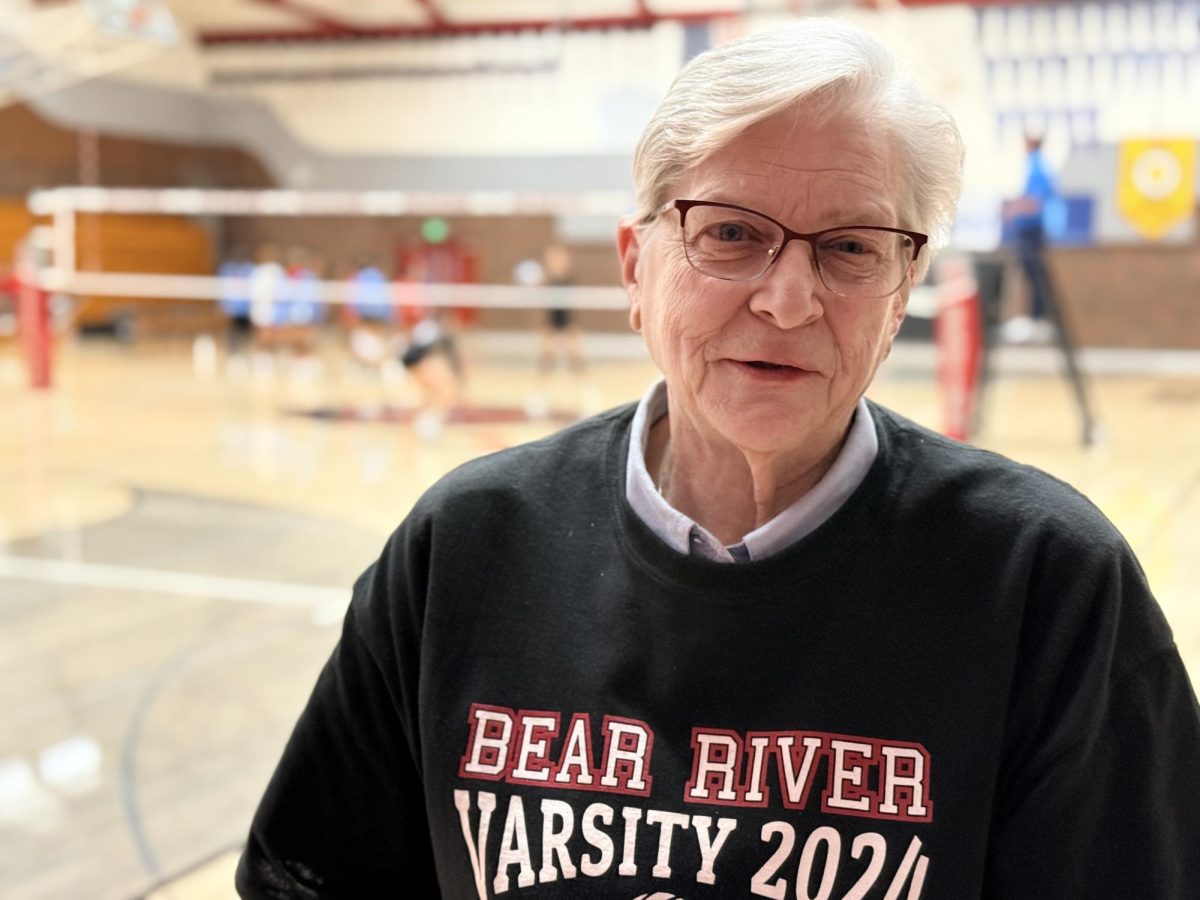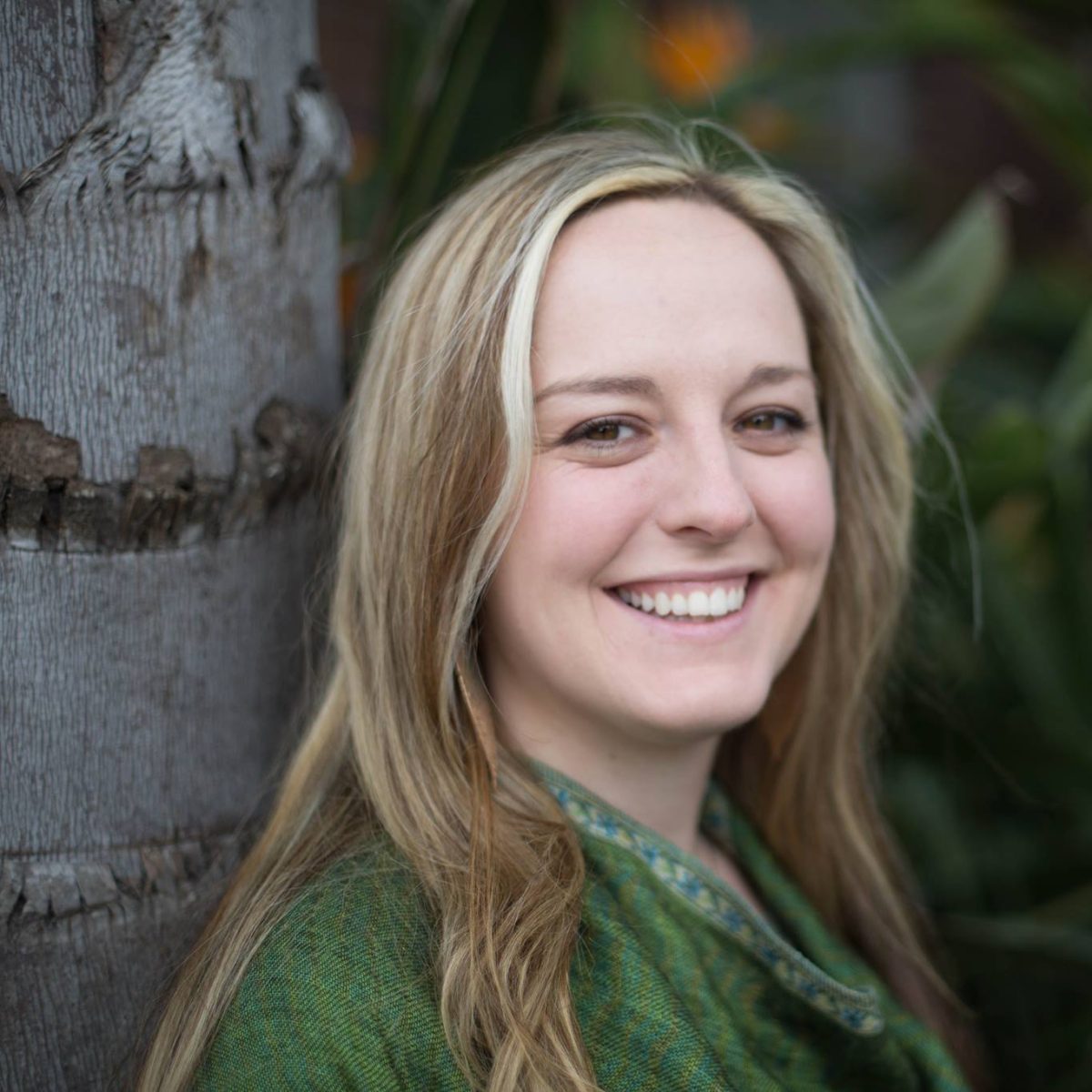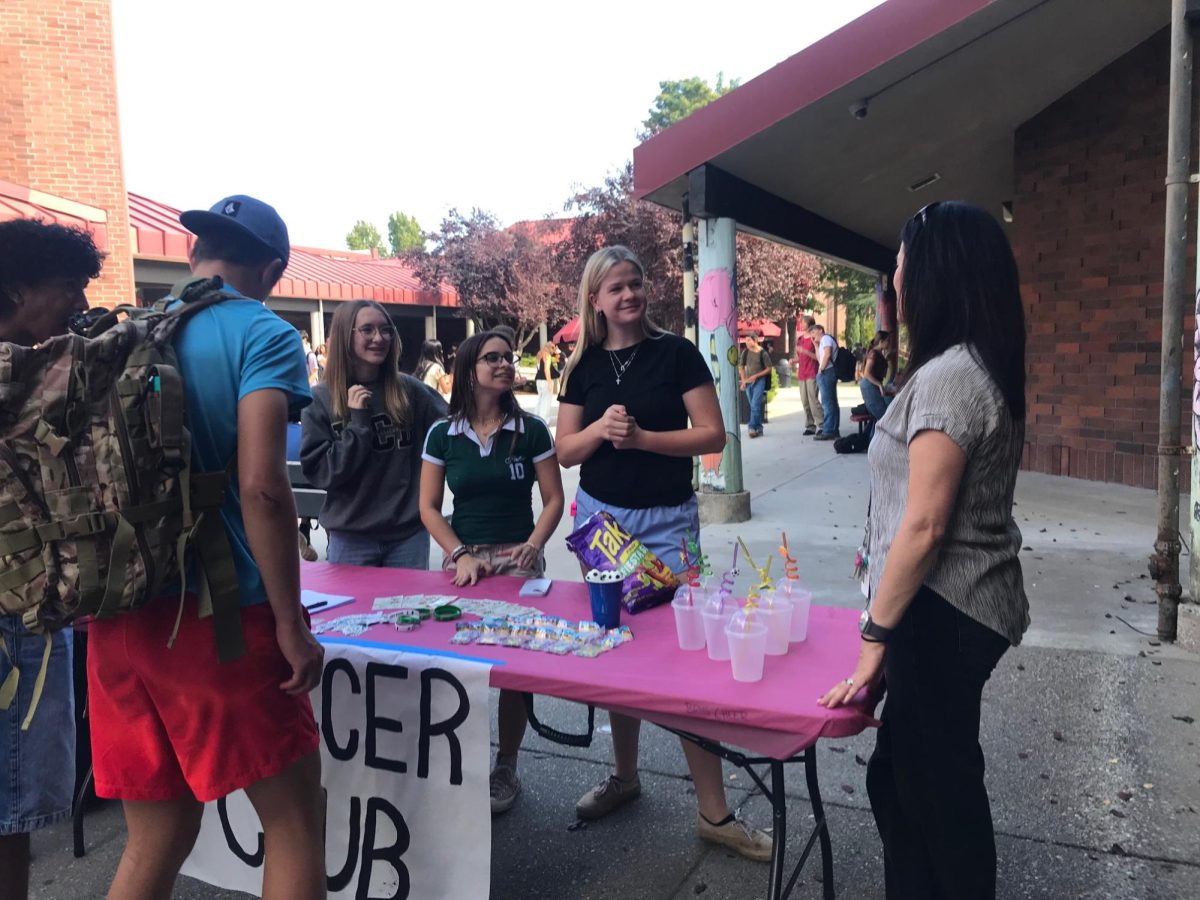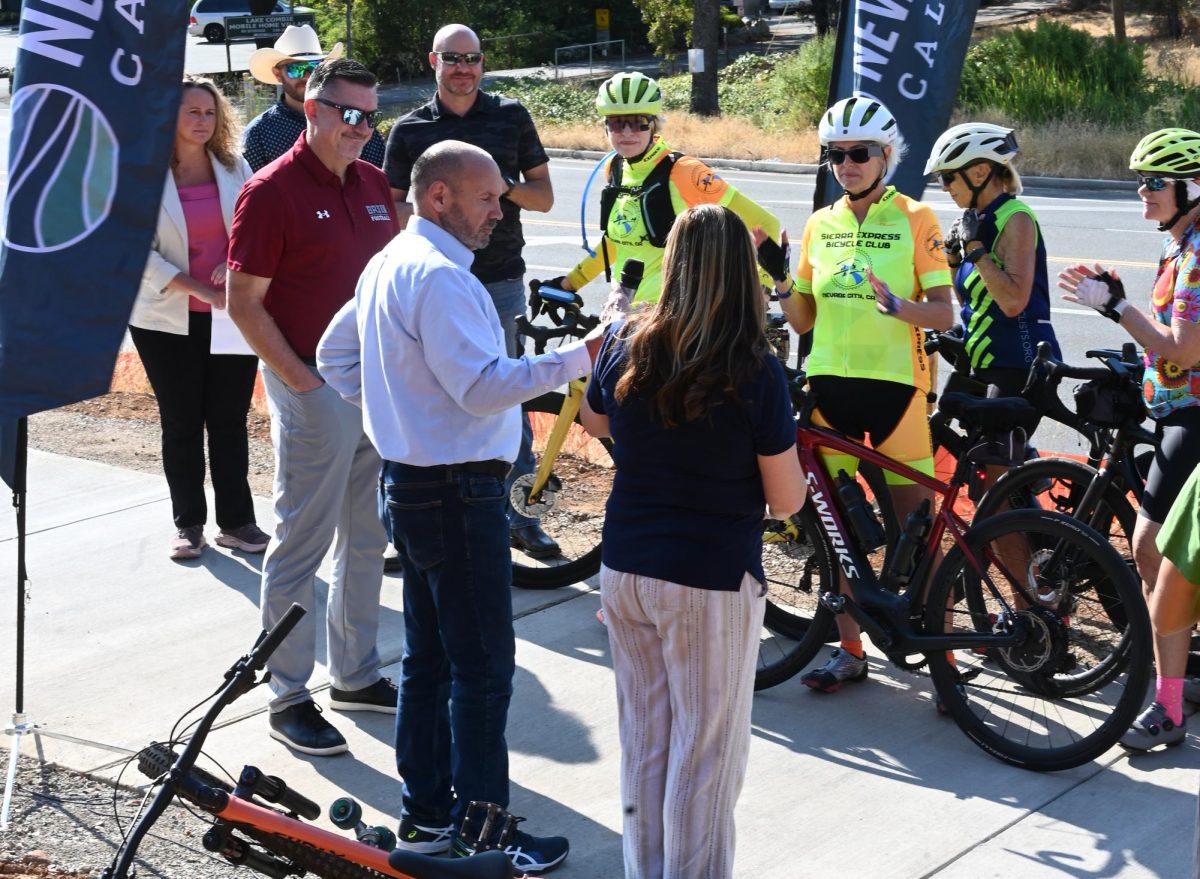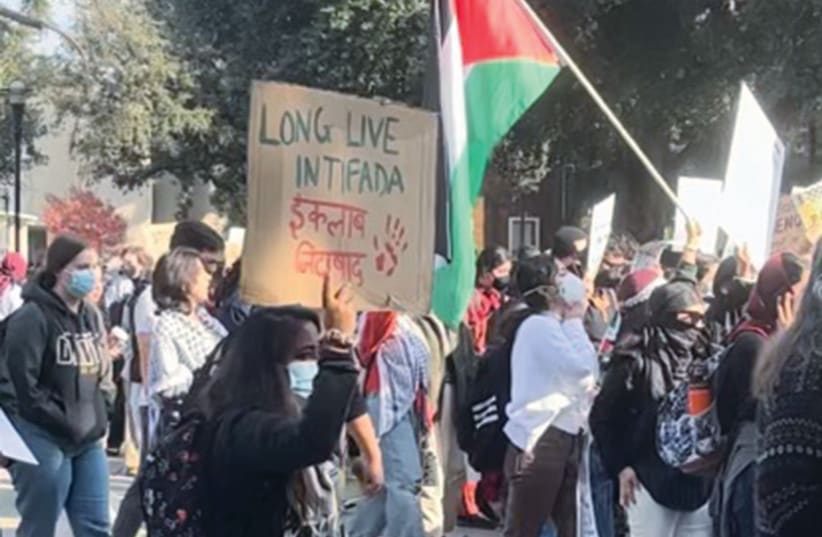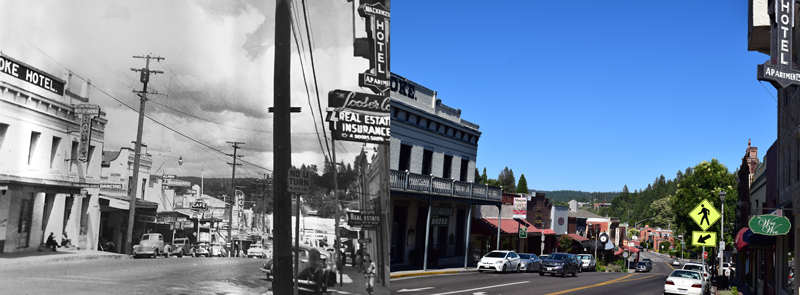Founded in 1851 and stretching from Grass Valley to Truckee, Nevada County has almost 200 years worth of stories waiting to be told. Though many remain a mystery, here is a compilation of ten hidden histories just waiting to be discovered in Nevada County.
1) The bartender-turned-author: Bruce Bradley
Have you stayed at the National Hotel in Nevada City? Even if you haven’t, a surprising amount of people have, including five US presidents! Clearly, this building is chock-full of history, but the most interesting thing may actually be a living person. Bruce Bradley is the bartender at the National Hotel, but he is also a writer who spent many years researching “The Gentleman Bandit.” He wrote a fictional story about this man, but it was based on truth. The mystery of “The Walker” will keep you entertained for hours! Mr. Bradley has also penned several other books.
2) A longstanding collection: Shadowbox
If you counted up the total time your average person spends staring at a wall, waiting to use a public restroom, you might find it’s a surprisingly large amount of time indeed. At Caroline’s Coffee Roasters in downtown Grass Valley, however, the walls are filled with interesting things to look at while you wait! One such decoration is a shadowbox filled with all the Cornish Christmas buttons dating back to the 1970s. The collection was started by Caroline way back when.
3) A childhood collection: Booktown Arrowheads
At Booktown Books, in downtown Grass Valley, the store is split up into booths. Each one is owned by a different person, and if you go all the way to the far back, you’ll find Booth 21. This booth is owned by Mike Witter, and its walls are covered in creative displays of arrowheads. That’s cool on its own, but the story behind it makes it even better. Mr. Witter explained that when he was a boy, he lived in a small town in Pennsylvania. There was an old man there who had a huge collection of arrowheads, and Mike was always trying to get him to tell him how to find them. Finally, the man told him his secret: If you went into the cornfields next to the Susquehanna River, you could walk through and just pick up handfuls of them off the ground. Mike collected arrowheads for three summers of his youth and, when he moved away, he brought his arrowheads with him. When he finally settled in Nevada City, he decided to share his collection with the world. He arranged his arrowheads in picture frames and hung them on the walls of Booktown Books, where they remain today. Sadly enough, when he took his son to visit the place where he grew up, his hometown was gone. It had been turned into a lake, and the fields where he collected arrowheads for long summers was deep underwater.
4) Family roots: McDaniel Gravestone
Clarence Marvin McDaniel was born in Nebraska in 1912 and came west to Riverside, Calif. when he was 22. There, he met his wife and married her when he was 26. They lived in Spenceville, where he ran a one-man goldmine. He had two children, a son and a daughter, and they moved to the Ennor Ranch in Indian Springs, Penn Valley after the army took over his previous land. He began carpentry work, building barracks. In 1943, he bought 165 acres of land on what is now Retrac Way. He raised beef and dairy cows, hogs and chickens, and sold vegetables and eggs at the farmer’s market in Brunswick every Saturday morning. He then had two more sons. He retired from carpentry eventually and spent the rest of his life on his ranch. He died on May 4th, 2001. He is buried in the graveyard next to Clear Creek Elementary School, where his great-granddaughter went to school, and items that represent his life are encased in his gravestone.
5) What’s left of Chinatown: Tinloy Street
When you think about Chinatown, you probably think about San Francisco. But did you know that back in the day, downtown Grass Valley had a Chinatown almost as large as San Francisco’s? There isn’t much left to hint at this surprising history, but there are a couple of clues. There is a small monument to it on Tinloy Street, in front of the Gold Miner Inn and, if you read the description on the monument, you will read about some prominent men in the Chinatown of old, one of whom was named Tinloy. Coincidence? We think not.
6) Traditional food made with love: Cornish Pasties
Grass Valley stays true to its traditional Cornish roots, in ways like its Cornish Christmas celebration and its delicious food: Cornish pasties. There are two different shops in downtown that sell these meat-and-potato-filled dough semi-circles, and one of these shops was happy to reveal that their recipe and technique has stayed the same through the ages. The pasty dough is cut into circles, filled on one side, and then folded over to form a thick crust on one side. The reason for the excessively thick crust is because, back when men were down in the mines, they carried pasties that their wives had made them the night before in their lunch pails. It was observed how much grime made its way onto the mens’ hands as they worked. This soot and dirt was poisonous and highly dangerous for them to be consuming, and thus, the thick crust was developed. It became a sort of a ‘handle,’ that the workers could grab onto and eat around, still having a hearty lunch of meat, potatoes, and dough, with no or at least much less mining grime worming its way in.
7) The story of a sign: Town Talk Street
Town Talk Street is a small road curving around the side of a hill that is surrounded in legend… Two legends that is. According to the first, there used to be a divide between the locals of Grass Valley and the people of Nevada County. Town Talk Road was the only place where they would meet on friendly terms to talk and trade. According to a rather old Union post for the second, there was a saloon in the early days that had a sign reading, ‘Town Talk’ hanging over its entrance. This saloon stood on the banks of Deer Creek, and one wet winter the creek overflowed and washed away the saloon. After the water had receded a bit, a miner walking past happened to find the sign, which he picked up and carried to the top of the hill where he lived. He nailed the sign up to hang over his doorway, and ever since then the hill and the road curving around it has been deemed Town Talk.
8) A parking lot, a music shop, and a soundproof room: Bookseller
Grass Valley’s Bookseller has been around for quite a while now, but not always in its current condition. Way back when, the building’s first floor was used as a music shop, while what is currently its basement was a parking lot. After its days holding cars, it became a soundproof room where customers at the music shop could go to test out instruments or even just sing.
9) A historic wonder still standing: Powell House
The Powell House, standing today in Nevada City, was built in 1855 during the Gold Rush Era. Many, many years later, the present owner carefully planned and executed the renovation of this house, paying close attention to historical detail. The two front doors and pieces of the stained glass windows were part of the original structure. The building is now available for rent, and in fact, one of Bear River High School’s teachers lives in one of the apartment-like rooms the historical wonder has been split into.
10) Downtown Grass Valley: Then vs. Now
Throughout the years, many changes have been made to Nevada County. However, much has remained the same. In the two pictures above, you can play a game of spot-the-difference as you recognize signs and landscaping from a picture taken in the early to mid-1900s (left), side-by-side with a picture taken in 2018 (right).


